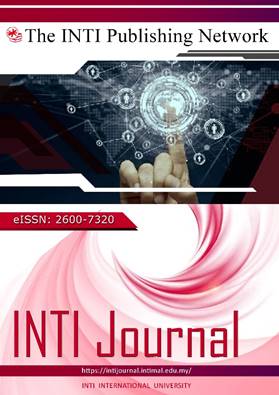A Study on Effect Evaluation and Optimization Paths of Education Equity Policies in the Process of Higher Education Popularization
DOI:
https://doi.org/10.61453/INTIj.202552Keywords:
Education equity policies, Higher education popularization, Sustainable developmentAbstract
The popularization of higher education is a global trend, yet the expansion of its scale tends to exacerbate the imbalance in resource allocation. This paper takes China, the United States, and Australia as case studies and compares the educational equity policies of the three countries based on the Salmi’s framework. The study finds that China's "Special Programs" have strengthened opportunity equity, but financial constraints have hindered their implementation; the United States relies on the parallel implementation of laws and financial aid to form a "opportunity + economy" dual-track guarantee, yet conflicts between the federal government and states have weakened its effectiveness; Australia has achieved data-driven governance through the "Martin Indicators", while educational equity for indigenous people still awaits breakthroughs. The policy models of the three countries respectively demonstrate the advantages of precise targeting, legal enforcement, and data governance, but they all generally face structural dilemmas. This paper proposes that policies should be aligned with the development stage, evaluation tools should be upgraded to improve accuracy, and multidimensional collaboration should be adopted to enhance sustainability in education
Downloads
Published
How to Cite
Issue
Section
License
Copyright (c) 2025 INTI Journal

This work is licensed under a Creative Commons Attribution 4.0 International License.

